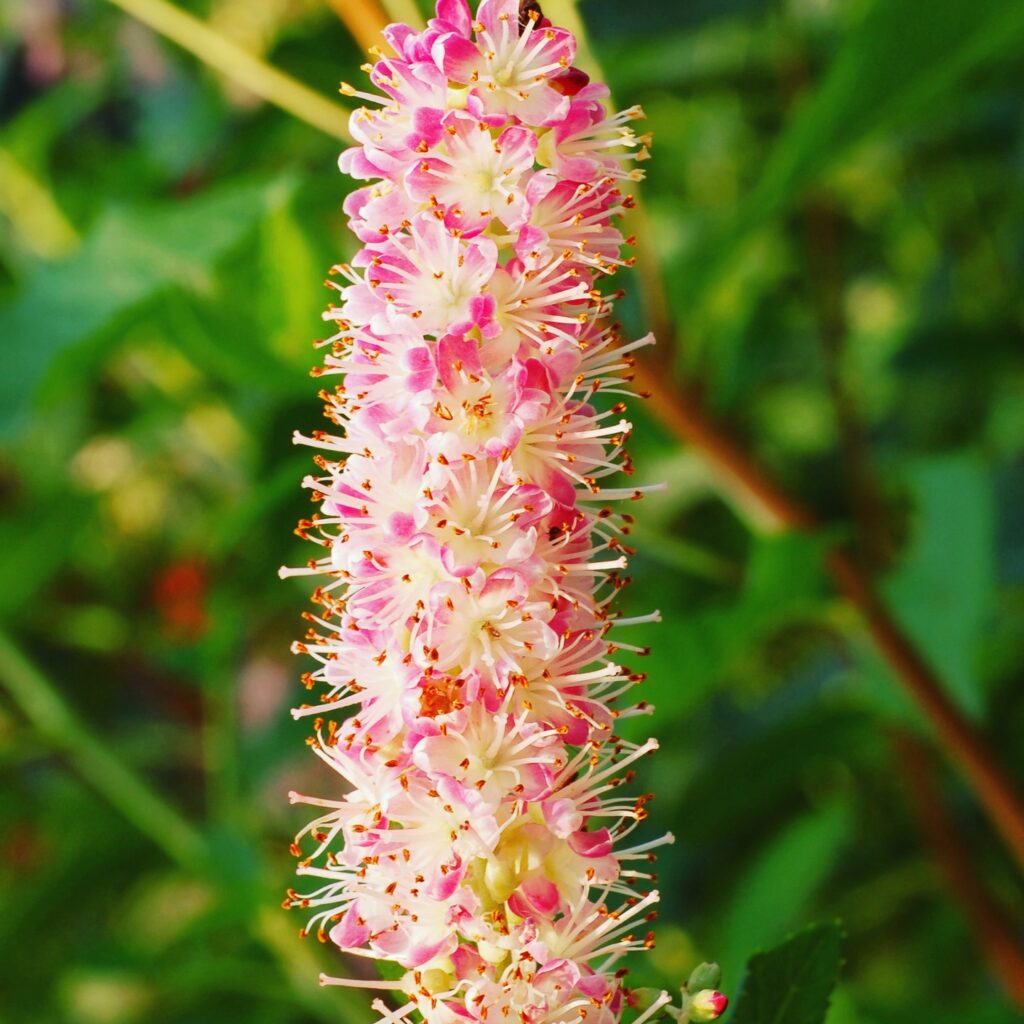
It’s Monday and you know what that means!
We’re getting to that point in the season where garden centers and nurseries are starting to build up their woody plant stock, and many of you are trying to decide which shrubs to buy.
I’ll get right to the point: Do Not Buy a Burning Bush! While they have lovely fall color, they are increasingly invasive. So what should you do instead if you want that striking red fall color in a medium sized shrub?
Meet Aronia melanocarpa and Aronia arbutifolia, the Chokeberries (black and red, respectively)! These deciduous shrubs are some of my absolute favorites, not least of all because they have amazing fall color. They have pretty white flowers that are lightly fragrant in spring, and dark purple-black or red berries in summer. Birds do snack on these a bit, and the berries are edible – though I’d recommend them as a jelly or wine rather than just eating them as they’re quite astringent.
The plant is native to wet areas (the glossy black chokeberry is native to Wisconsin bogs), but it can do well in many soil and light conditions. I have it as a centerpiece of a small rain garden where it is thriving and helps provide some upright structure to other tall herbaceous plants that might otherwise flop over.

One of the best things about Aronia is that through breeding and selection, there is a form of this plant that will work in almost any situation! If you are looking for a medium to large shrub for screening, try Brilliant Red Chokeberry, Glossy Black Chokeberry, or Appleleaf Chokeberry. For a lower, more spreading form (3’h x 5’w), try ‘Iroquois Beauty’ and for a hedge there’s Low-Scape Hedger (3-5′ high). There are even small spirea-sized versions (Low Scape Mound – 2’x2′) and a groundcover option (Ground Hug – 12′ high and spreading).

![]() I love this plant because it’s so versatile in terms of form & function and isn’t fussy about conditions. The ecological benefits and edible berries don’t hurt either. And did I mention the fall color? Deer & rabbits don’t seem to bother it, and there are no disease issues.
I love this plant because it’s so versatile in terms of form & function and isn’t fussy about conditions. The ecological benefits and edible berries don’t hurt either. And did I mention the fall color? Deer & rabbits don’t seem to bother it, and there are no disease issues.
![]() It can be confusing to know which plant you’re looking at because there are so many forms. Be sure to read labels and sizing carefully.
It can be confusing to know which plant you’re looking at because there are so many forms. Be sure to read labels and sizing carefully.


















